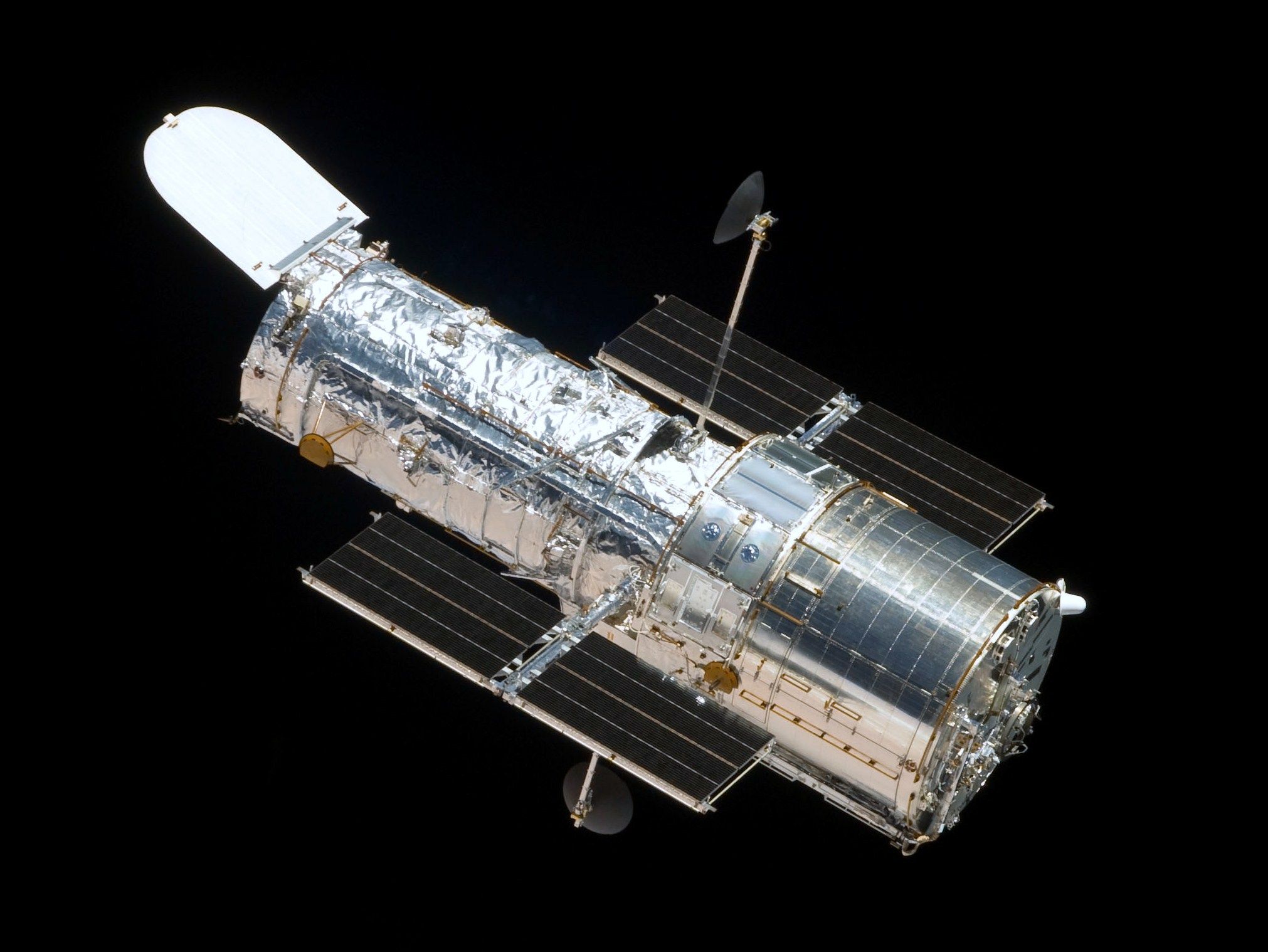A Killer in Space
We have known for a long time that space is not a fun place. Space is an empty vacuum, causing the lungs to dump its content outside the body. Oxygen deprivation will cause rapid loss of consciousness. The moisture in your mouth, eyes, and nose evaporates resulting in freezing of those parts. If you’re lucky to see long enough you’ll see your skin turn blue as cyanosis sets in due to low oxygen levels.
If you think that’s bad, NASA found an even more deadly place within it. Its name is WASP-18b.
WASP-18b
The Hubble and Spitzer space telescopes have found this unexpected planet when searching for planets with a stratosphere. The specifications of this newly found planet tell you all you need to know.
The composition of WASP-18b defies all expectations
Kyle Sheppard of NASA’s Goddard Space Flight Center in Greenbelt
Temperature
WASP-18b is a massive planet orbiting in very close proximity to its host star. This causes extreme temperatures on the planet’s surface. The planet has some similarity to Jupiter. Only WASP-18b is much hotter and has 10x the mass of Jupiter. Jupiter can already fit 1,300 Earths.
Atmosphere
Analysis of the light spectrum emitted by WASP-18b’s atmosphere showed an overabundance of carbon monoxide. This molecule is a silent killer. Odorless, colorless and tasteless. It is the most common cause of fatal air poisoning in many countries. Carbon Monoxide binds with hemoglobin, which is the molecule responsible for transporting oxygen in our blood. Once bound with hemoglobin the molecule carboxyhemoglobin is formed. This molecule has lost the ability to bind oxygen. Even if for a miracle you find a source of oxygen, you wouldn’t be able to use it.
What is exciting about this planet is the unique atmosphere fingerprint, which besides an overabundance of carbon monoxide showed a large number of heavy metals. The scientists at Goddard believe that this indicates a different type of formation than common for ‘hot Jupiters’. The history of this planet could tell us more about how planets are created, ultimately allowing for a better understanding of the world around us!
The expected launch of the James Webb Space Telescope and other future space-based observatories will give us the opportunity to follow up with even more powerful instruments and to continue exploring the amazing array of exoplanets out there.
Avi Mandell – exoplanet scientist at Goddard.
References:
WASP-18b Has Smothering Stratosphere Without Water
Cyanosis
Carbon Monoxide
Recently from @Altherion
Errors of experimentation
Total Daily Energy Expenditure
2017 – Obesity update
Website: FoodLabScience


This is interesting.... But I don't understand why people spend millions of dollars for looking about a planet ... Can't travel him.... While we are destroying our planet we live in
Spending money in keeping our planet.. Better than spending money in search of an inaccessible planet.
Studying other solar system gives us valuable information about our universe. It teaches about the origin of the universe, the planets, the stars, the climate, the development of life and much more. All this information can help us better understand our planet and what we need to do to keep it in a good shape.
good post friend I liked a lot I hope you can see my last post, I'll follow you
Well Wasp-18b has a hostile enviroment. So studying the outer planets help us know that how planets are formed . So the post was quite informative .Thanks.